Think honestly, how many Sustainable Living Ideas have you implemented or considering to implement. So far, we have only talked about sustainable living in terms of the community or on the social scale. However, just like everything else, sustainable living starts with the individual.
Anyone interesting in doing their bit for ushering in sustainable living is important. As they become the early adopters, who help debug these systems for the general public. You can also serve as a mentor for other people, who have heard of sustainable development. But have little to no idea, as to how to make it happen.
Just like we are taking this article as a means of informing you about some sustainable living ideas. That can help change your life for the better. While also contributing to the future of our species.
To make it more relatable, we have divided each part of your life into different sections. And we will take this time to offer you some ideas to help make that area of your life more sustainable. Each suggestion in itself may or may not be life-changing. But the cumulative effect of these good practices will surely shine through in the end.
So, let us take a look at all the suggestions, and what kind of impact they can have on your life and your community.
Infrastructure Ideas for Sustainable Living
Where we live, and how we live, has a huge impact on our lives. This stays true in the case of sustainable living as well. These days, retrofitting your home with more sustainable parts has become the vogue. It is all about trying to get your monetary and carbon footprint as down as possible.
Here are a few suggestions that can help make that possible, in a sustainable way:
- Install Insulated Windows & Doors: No matter what part of the world you may live in. There is a chance that you spend some money each month on a heating or cooling system. Depending on the area, it could even be both. By installing insulated windows and doors on your property. You can cut down on the thermal losses that occur due to bad seals and cheap glass.
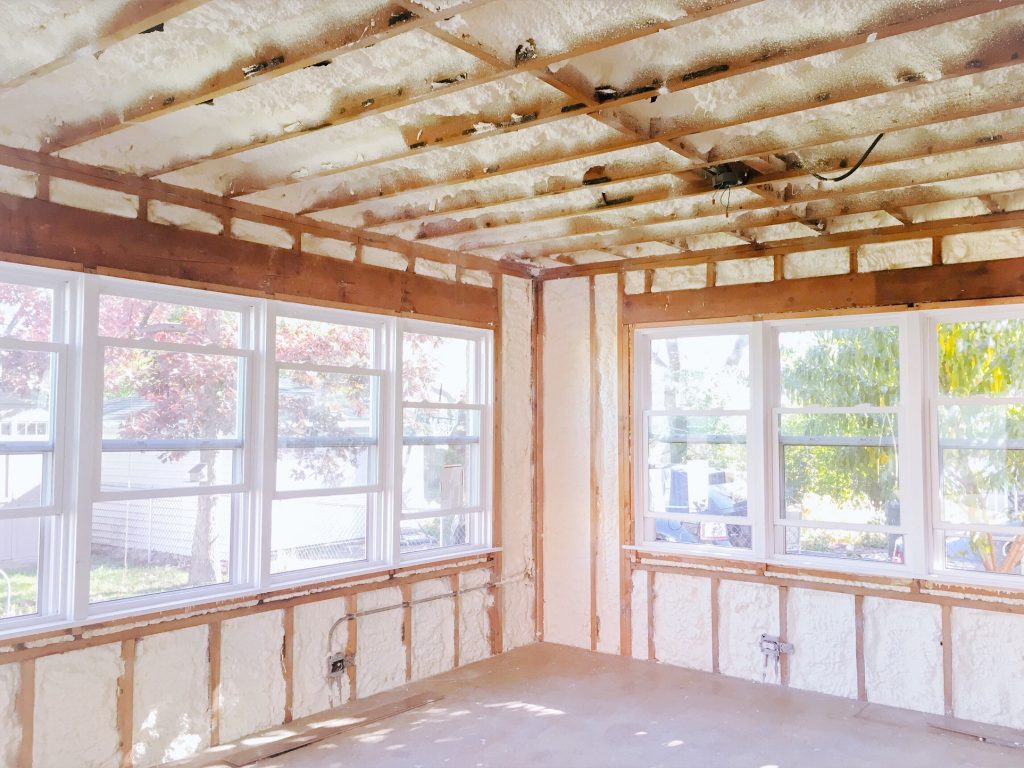
- Install Insulation & Fire/Waterproofing Materials in Outer Walls: Your outer walls are your exposure to the world. The amount of heat, cold, water, and/or other outside elements that pass through these layers. The more energy you will have to spend on regulating the inside temperatures. A good way to cut down on these costs is to insulate your outer walls. With high-quality foaming and specific protective coatings. That can reduce the temperature fluctuations inside the house. Along with your electricity bills. Additional protective coatings might even save your life. In the case of extreme weather events. So, don’t scrimp on fire and flood safety systems.
- Use Natural Light & Ventilation: We are blessed as a species because we have an abundance of light and wind all around. By taking advantage of these natural flows of wind and light. We can greatly cut down on our energy costs. In terms of both cooling and lighting the house. This is important because the more passive cooling and lighting you add to the home. The less you will have to spend on future utilities. E.g. a few well-placed mirrors can easily replace half a dozen lights inside a home. Just like that, two small windows on opposite outer walls can create a natural air tunnel. That acts as a heat sink for your room.
Of course, there are a lot of things you can do to your house to make it more sustainable. But those will require a lot more modification and money added to the property. For already established households, these small upgrades can really help improve the sustainability quotient of the home.
Energy Ideas for Sustainable Living
Even if you make your house more energy-efficient, it still won’t take away all your energy costs. To take care of that issue, you need to invest in proper energy production systems. That will partially or completely make up for any energy you might use. Irrespective of how efficiently you are doing it.
Here are a few examples of such systems that can help you make your energy use more sustainable:
- Solar Panels on the Roof: These are the most common type of residential energy production systems around. You can start from a single solar panel, and continue stacking them as long as you have space. They don’t produce energy all the time. But with enough panels, you can easily cover your fair share for free. Most utilities have a net metering system for such renewable systems. Which can be directly hooked into the grid.
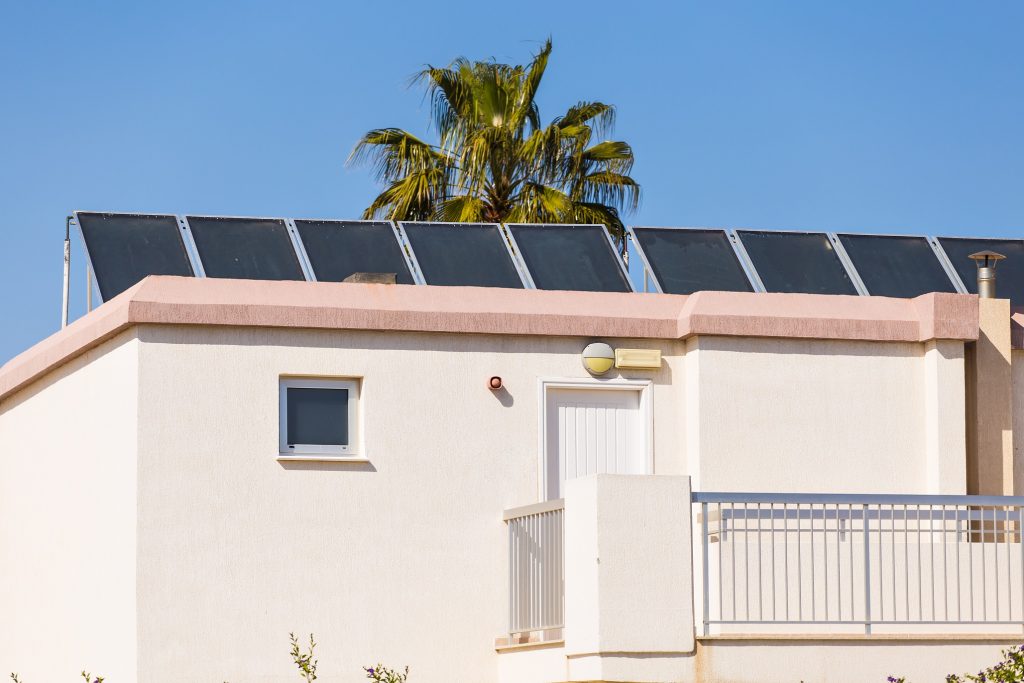
- Residential Windmills: Although a lot less common than solar panels. Windmills still are a good source of renewable energy. There are many types of residential windmills available on the market. Mostly targeted towards farm use. Owing to the requirement for space. You can also string a bunch of them together at your property. For a more reliable system. They can also be used to power other machines, like a grinder or water pump.
Food Ideas for Sustainable Living
In the past few hundred years, we have gone from being hunter-gatherers to farmers. To now living in a post-modern world where most of our food is made by companies. People interested in sustainability like to take this control back. By investing in systems that help them reduce food costs.
Here are a few things you can try to make your food sourcing more sustainable:
- Herb Garden: Herbs and spices are a staple of Indian food. We love to flavor our dishes with the freshest of spices and herbs. One way of getting that fresh experience is by growing them yourself. There are a lot of small-scale hydroponic systems available on the market today. That helps you grow your own herb garden, within your home.
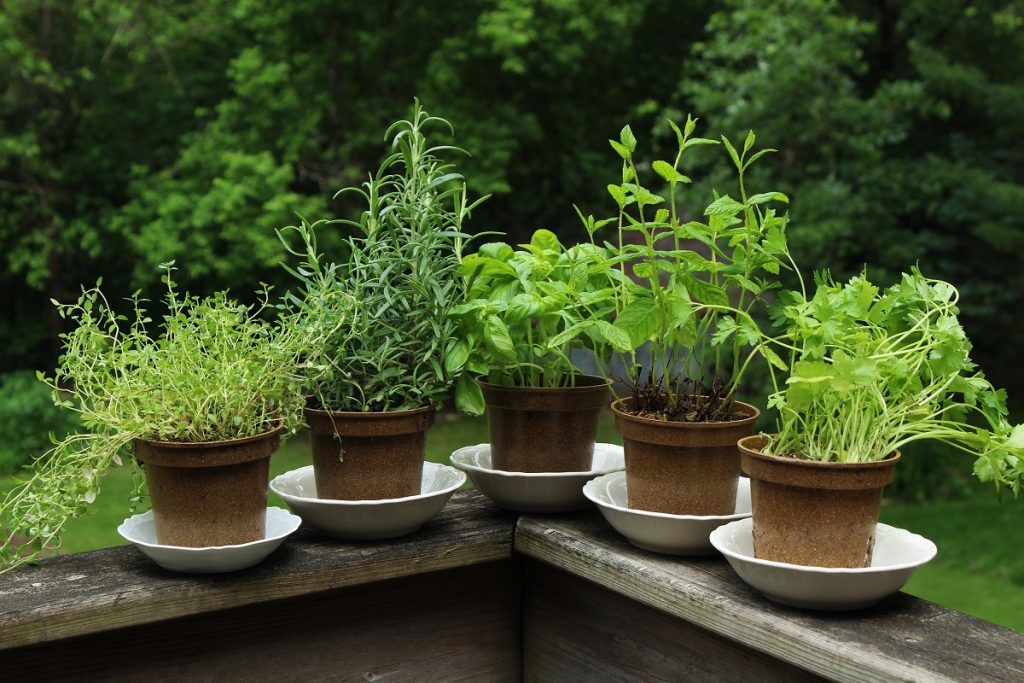
- Greenhouse: For people with a bit more experience and interest in growing food, a greenhouse is the next big step. These structures provide a safe environment for you to experiment with your plants. The optimal temperature, light, and pH settings help provide the best conditions for growth. A process which you can these days monitor on your phone itself. If you have the space to spare, this is a great way of shifting your family towards sustainable nutrition.
- Compost: The decay process of fruit and/or vegetable is as important as its growth. Even though we have a habit of wasting our used food. There are ways in which you can still take value out of those food wastes. With the help of a residential compost. This process is largely automated. So, you don’t even have to worry about keeping a watch. Just a one-time investment and you will have a free source of fertilizer and even potential biogas, right in your backyard.
10 TIPS FOR EATING FOR THE PLANET
Water Ideas
Our body is 70% water. This means that we need a lot of water just to sustain ourselves. Not to mention the other use cases that we waste liters of water on, each day. From washing our cars to watering huge yards. Taking long baths and even more for flushing. We certainly do waste a lot, especially considering how precious clean water is these days. Still, there are a few ways in which we can cut down, if not completely eliminate waste from our lives.
Here is a look at a few of them that involved water conservation and sustainable use:
- Rain Water Harvesting: This is perhaps the most obvious, yet also the most under-utilized form of water conservation. We often see such systems in place in commercial buildings. Where it is required by law to place these systems on the rooftops. To collect rainwater and use it for greywater applications. We can use similar setups at home, to help replenish the groundwater.
- Water Filtration Systems: Clean water is not easy to come by these days. This is why people in urban environments have shifted to drinking bottled water. As they don’t trust the city to supply clean and safe water. This is a welcome addition for most homes, as it helps prevent any diseases related to sanitation. Even if you don’t use a full-fledged RO system. You can still use earthen pots for more sustainable cooling and passive filtration.
- Septic Tanks: Modern western toilets waste liters of water in each flush. This water gets blown down to the nearest drain, where it is unceremoniously dumped into a river. This wastewater then makes its way down to the ocean. Instead of continuing this endless cycle of waste. Why not bury a septic tank in your property. This tank can not only help compost the organic waste. But can also be equipped with specific equipment. To help capture and reuse this wastewater elsewhere. With help from an attached water filtration system.
Transportation
Once you take out the cost of running a home, the biggest cost for a family is transportation. This includes both the costs related to purchasing the vehicle. As well as those attached to fuel and maintenance. For over 100 years now, these cars have proudly used dirty fossil fuel to run their engines. Which in turn releases lots of pollutants into the air. Thanks to the advancements in modern vehicle technologies, we can do a lot to help make this system more sustainable.
Here are a few ideas for you to try on your own car:
- Drive Slow: I know this seems like a pretty obvious thing to say, but driving slow makes a huge difference on the vehicle. By using a little less throttle, you reduce the stress on the engine. Which also in turn reduces the fuel requirements. Moreover, at slower speeds, you get a lot more reaction time. So, you can easily change lanes, brake, or even stop without too much fanfare. Without putting undue stress on the brakes, or the car itself. This is also safer for the people on the road.
- Install an Electric Turbo: It is common knowledge that cars use the most energy when slowing down or speeding up. This is why manufacturers tune them to have higher low-end torque. So, you can zip through traffic without feeling weighed down. Unfortunately, this also uses a lot more fuel. Since the turbos only spool up at a certain RPM range. Which is hard to achieve in bumper-to-bumper traffic. So, your engine has to be at its most inefficient, when it needs the most power. Some modern cars have started bypassing this issue by installing electric boost systems. That delivers a slight push of power when it’s needed most. Without even engaging the engine. This not only saves you a lot of money in city miles. But also help reduce the strain on the car itself.
- Buy an EV: For the longest time, EVs weren’t even a passable thought, let alone a viable solution for a normal person. Even though the systems were first invented around the same time. With some electric vehicles even predating the original internal combustion engines. Thankfully, we have advanced enough in battery and EV technology. To where you can get a fully-functioning EV anywhere in the world. And immediately write off all your emissions, for as long as you use the car. With companies like Tesla and Rivian offering such interesting products in this market. And legacy manufacturers like Ford and GM are eager to enter the segment. It is only a matter of time before EVs become the automatic choice for people who want something sustainable.
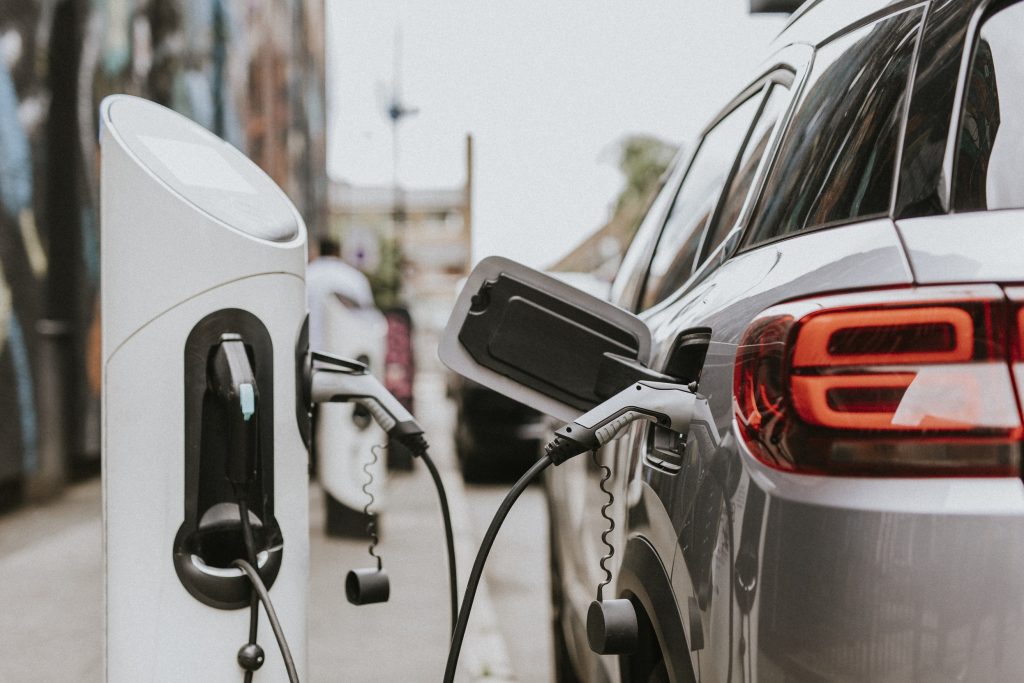
By implementing these sustainable living ideas, you can be assured to achieve the Sustainability Goals.
These are just a few ideas that could help you start your own sustainable living journey. You can do your own research, and consider all the options available in your budget. Just know, that each small step you take today. Is building up towards a giant leap for your family and community. Who will learn from your experience and adopt these measures without hesitation. Thus, helping us push the idea of sustainable living to the masses.
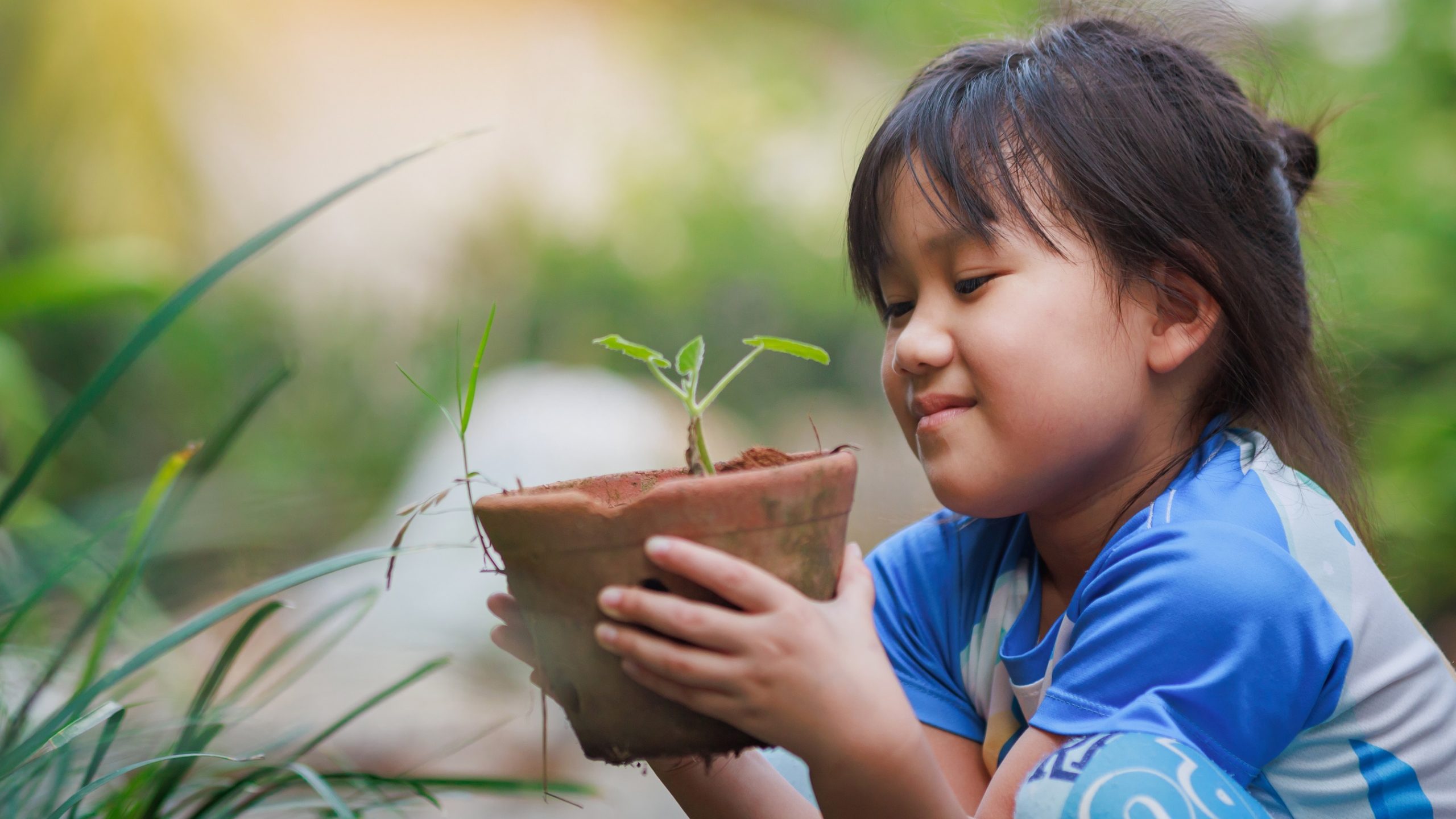




Leave a Reply